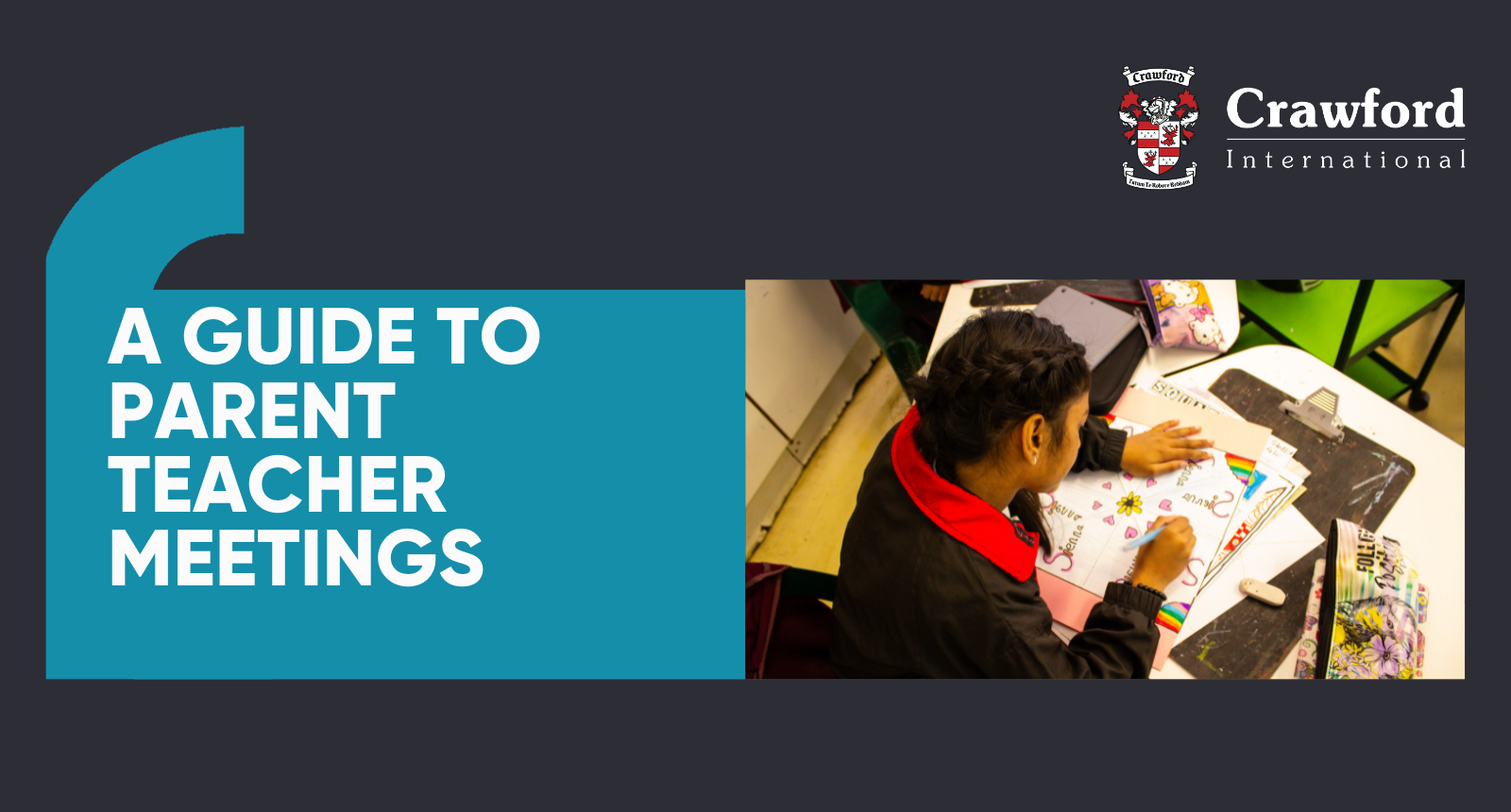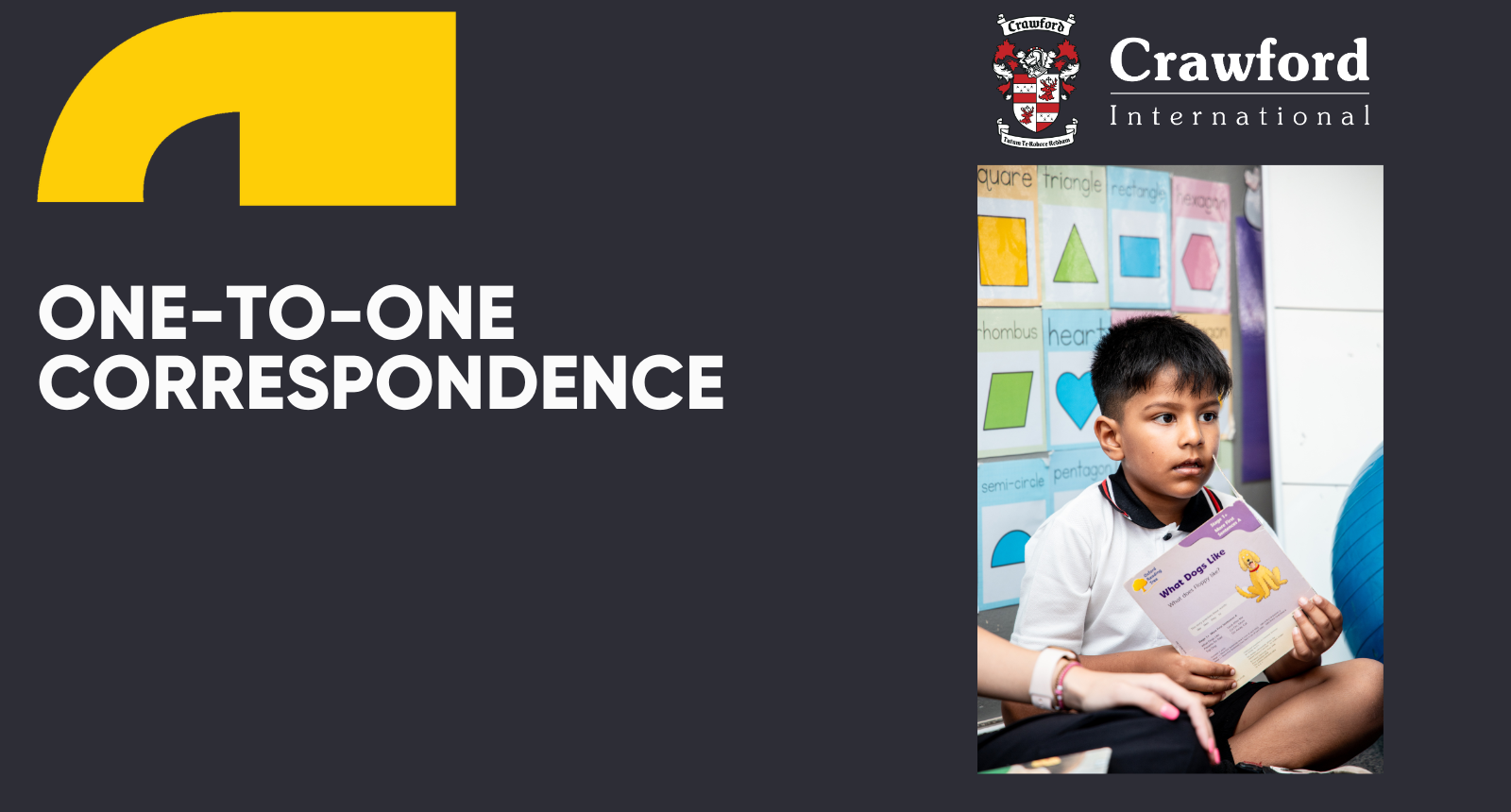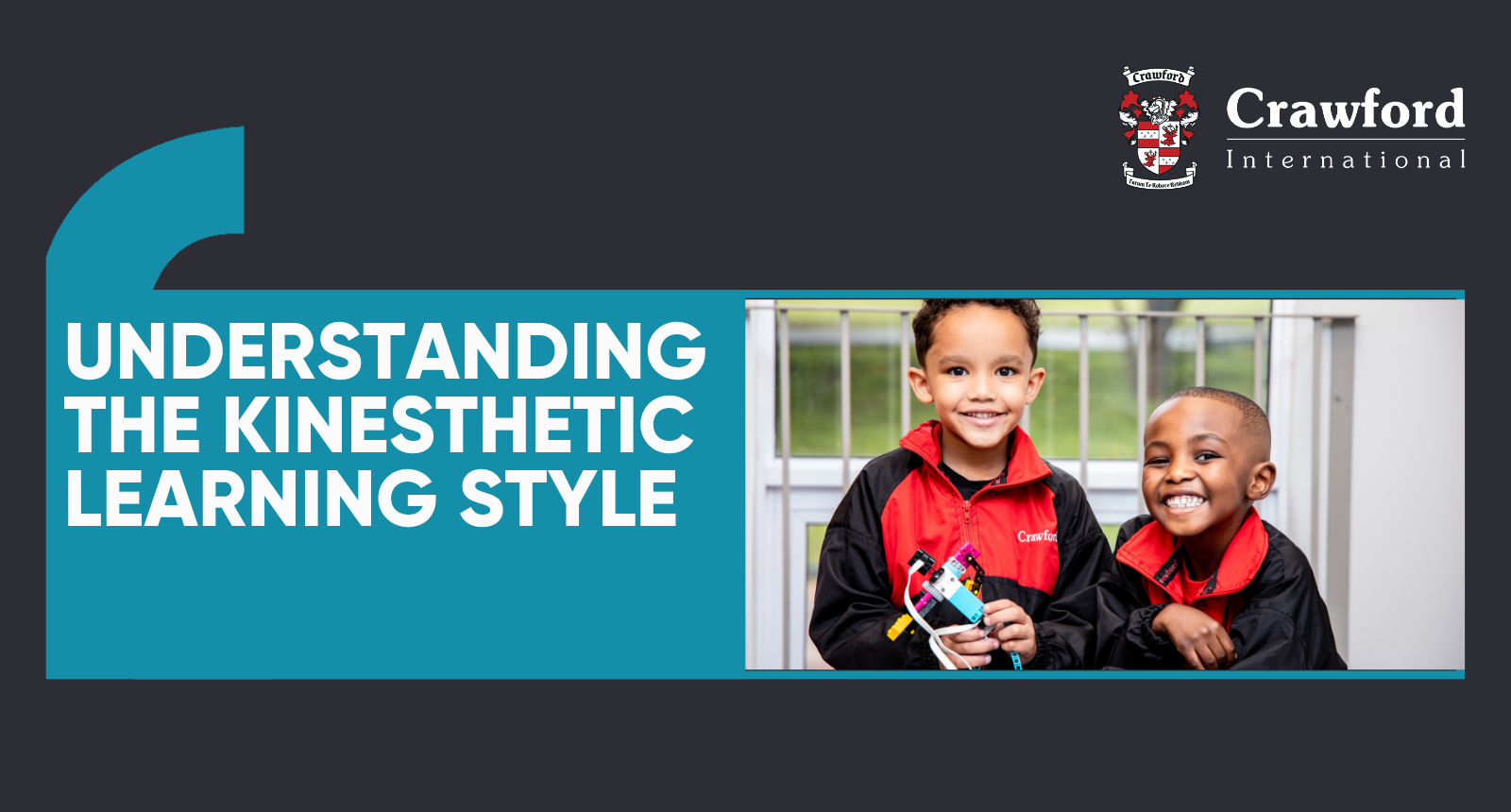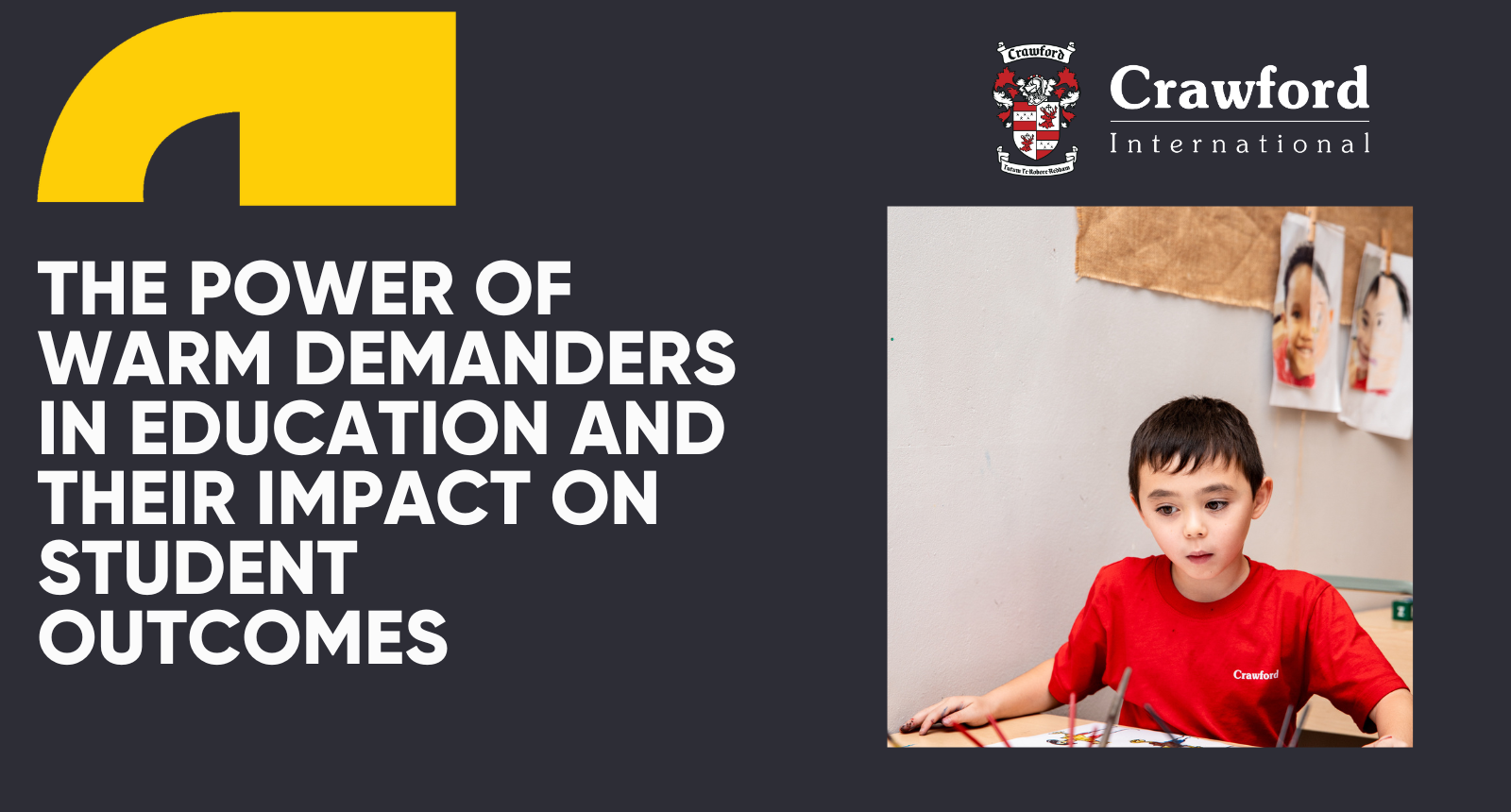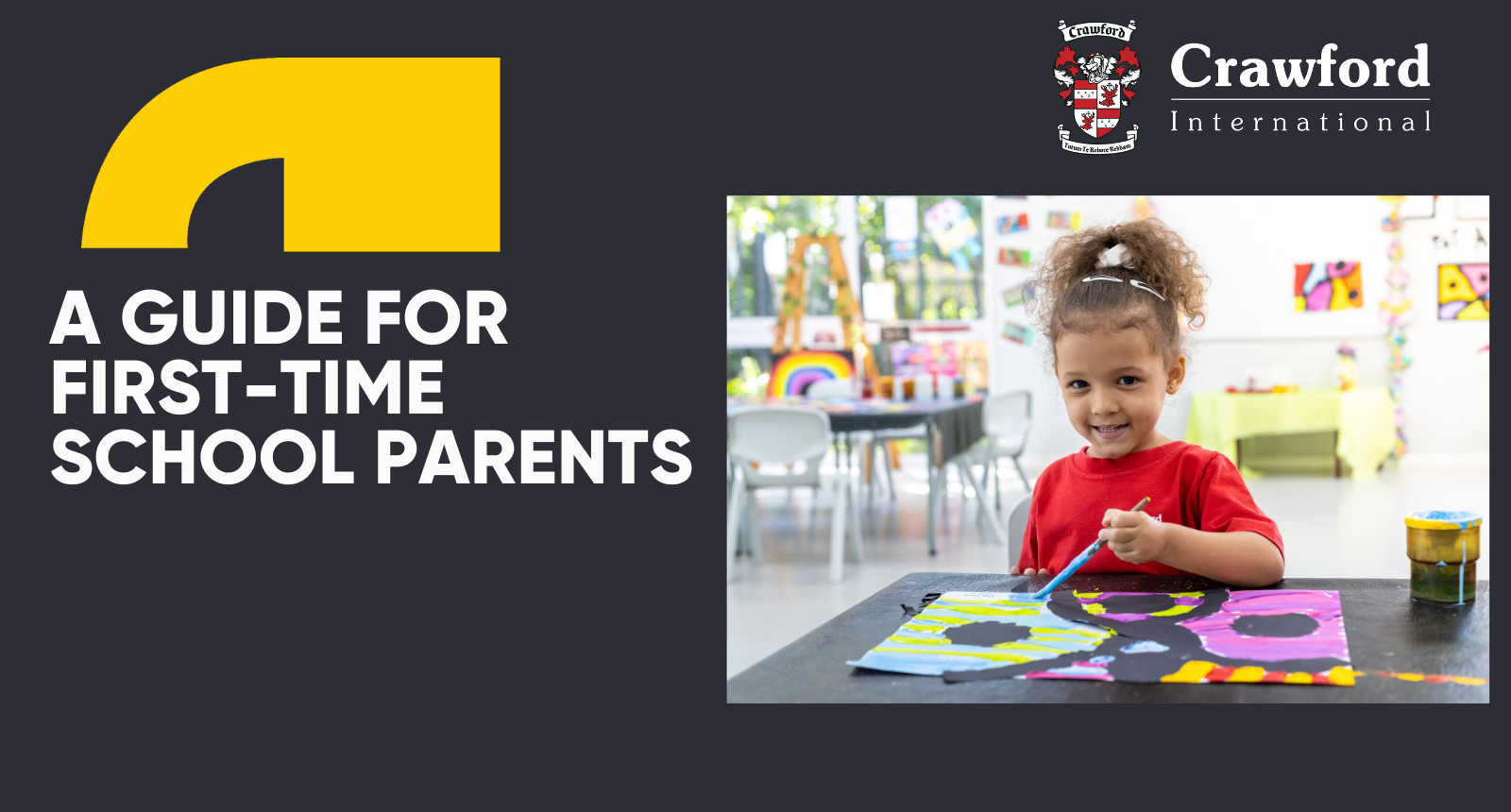Understanding Negative Reinforcement with Children
February 9, 2024
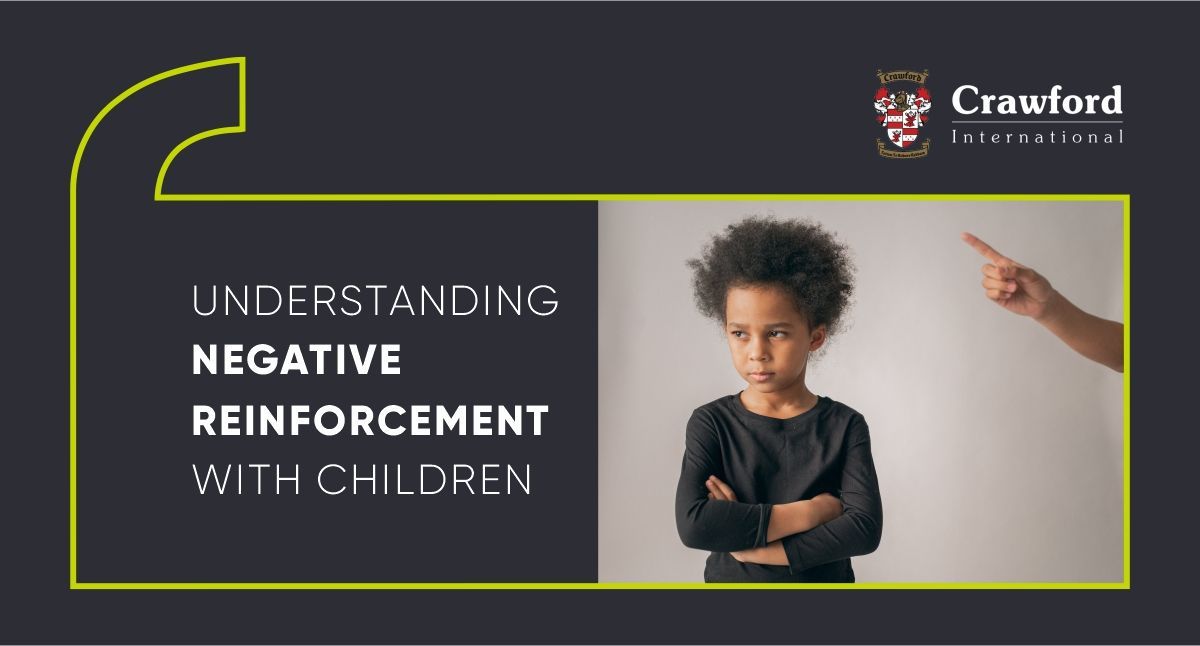
Understanding Negative Reinforcement With Children
In a nutshell, reinforcement is all about reward (positive) or avoidance of consequence (negative)! But let’s start at the beginning; in order to understand negative reinforcement fully, you have to first understand Operant Conditioning.
What is Operant Conditioning?
Operant Conditioning is a behavioural learning strategy that uses reinforcement to get children to repeat a behaviour and punishment to get children to abandon a behaviour.
Reinforcement can be both positive (reward) and negative (avoidance), but it is important to understand that reinforcement (by the nature of its name) reinforces behaviour aka encourages continued behaviour to gain a reward or to avoid a consequence.
So while positive and negative reinforcement are different, their aim is essentially the same; to strengthen behaviour. Punishment, on the other hand, while also a part of Operant Learning, has a different aim; to decrease or end a certain behaviour altogether.
About Positive Reinforcement
Positive reinforcement is where a child gains a reward for doing something good.
An example: Khalid received movie tickets for himself and his friends after he studied hard and got 80% on his history test. This example shows a material or experiential reward, but rewards can be as simple as verbal praise.
About Negative Reinforcement
Negative reinforcement is when a child does something in order to avoid an unpleasant situation or consequence.
Example: Karli fed the dogs all by herself in order to avoid her mother nagging her to do it. Karli’s behaviour avoided a negative consequence.
Here are some other real-world and classroom examples of negative reinforcement:
- Before heading out for a day at the park, you cover yourself in sunscreen (behaviour) to avoid getting sunburned (removal of the consequence).
- Your car beeps incessantly to remind you to put your seatbelt on (negative consequence). In order to stop the annoying noise, you put your seatbelt on (behaviour).
- A classroom example of negative reinforcement is: If children behave well in the class, a teacher may decide to cancel homework for the weekend.
Negative reinforcement with a twist
Here’s the kicker about negative reinforcement though… your child probably uses this technique on you more than you use it on them! Negative reinforcement comes naturally to toddlers and young children, usually in the form of a temper tantrum. At the shops, when your child is asking for an ice-cream and you say no, does it turn into a very loud and embarrassing scene of screaming and crying? Often parents try to avoid this negative behaviour at all costs and so give into their child’s demands. The child then removes their negative behaviour because they got what they want. Negative reinforcement at work.
If your child is using negative reinforcement against you, here are some tips to help:
- Be consistent about your rules and don’t give in. Children need to learn their behaviour cannot influence your decisions or compromise your rules. As soon as you give in, you have reinforced their bad behaviour.
- Don’t make empty threats. If you lay down consequences, you must follow through, otherwise they will always test your boundaries.
- Standing your ground may seem very hard, but do it once and you will not have to face it again and again.
Benefits of negative reinforcement
Negative reinforcement sounds a little ominous but once you understand how it works, you will soon see the benefits. Here are some benefits below:
- Lasting Change: Negative reinforcement can lead to lasting change of behaviour as it is a thought-out action taken prior to a consequence. Once a child makes the mental choice to alter their behaviour, that behaviour will be changed for good.
- Fast working: It’s a natural human response to remove oneself out of an uncomfortable situation. We are always trying return to our comfort zones, so if a negative consequence is on the horizon threatening your comfort, you will act fast to avoid it.
- Natural rewards: Often when negative reinforcement is applied, positive reinforcement (rewards) follow. For instance: When Karli fed the dogs by herself to avoid the nagging, she kept herself comfortable but she also made her mom happy too. Happiness in a parent, or educator, often leads to rewards. So, Karli not only avoided the nagging, but her mom gave her a hot chocolate to thank her for her good behaviour. A double win for Karli!

